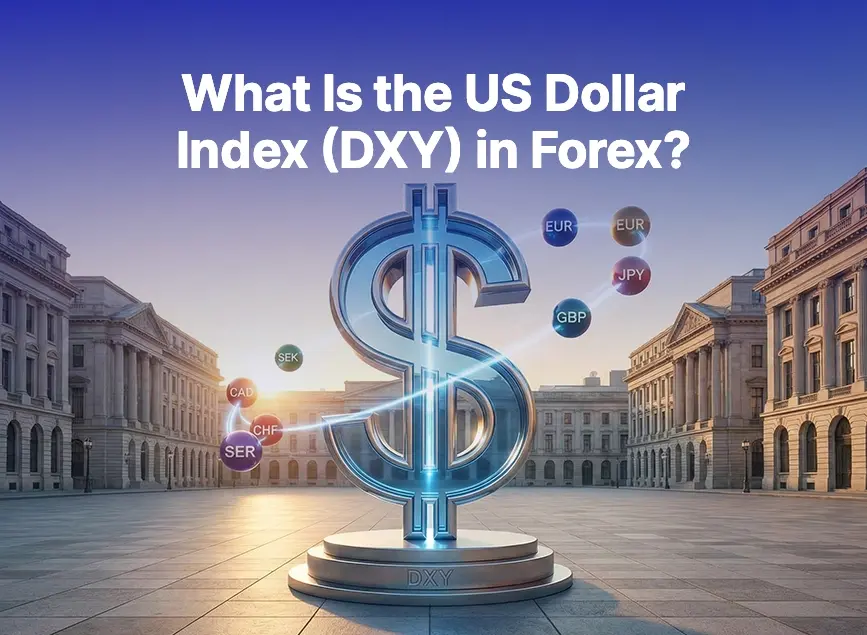
4 Hidden Ways Central Bank Monetary Policy Moves Markets
Estimated reading time: 4 minutes
Table of contents
Have you ever wondered why markets sometimes move before any real change happens? The answer lies in a quiet but powerful force: central bank monetary policy.
This policy doesn’t just tweak interest rates, it shapes the financial landscape through expectations, signals, and strategic actions. Whether you’re a curious learner, an investor, or someone tracking the economy, understanding how this system works gives you a serious edge.
Let’s break it down simply, no jargon, just insight.
What Is Central Bank Monetary Policy?
Central bank monetary policy is a set of tools used by central banks (like the Federal Reserve, ECB, or Bank of England) to manage a country’s money supply, inflation, and overall economic health.
🔧 Common tools include:
- Interest rate adjustments
- Open market operations (buying or selling government bonds)
- Reserve requirements for banks
- Forward guidance (signals about future decisions)
- Quantitative easing in extreme conditions
These tools don’t just affect governments, they ripple through stock markets, bond markets, currencies, and your wallet.
How Central Bank Policy Shapes Financial Markets
Let’s explore the hidden yet powerful channels through which central banks move the markets.
Forward Guidance: Moving Markets with Words
Sometimes, words are more powerful than actions.
When a central bank hints at a future rate hike or pause, markets react instantly, pricing in those expectations long before the policy actually changes.
✅ Example: When the Fed hints at tightening, bond yields often jump before any rate hike.
💸Open Market Operations: Managing Liquidity
Central banks frequently buy or sell government bonds to inject or absorb money from the system.
- Buying bonds → more liquidity → lower interest rates → stocks may rise
- Selling bonds → less liquidity → higher rates → can slow down overheating markets
These operations impact short-term rates and investor behavior alike.
Quantitative Easing & Yield Curve Control: Crisis Tools
In financial crises, central banks go beyond typical moves.
They buy long-term assets to push down borrowing costs and encourage spending and investment.
Yield Curve Control is even more direct: central banks commit to keeping certain bond yields below a set level, guiding long-term interest rates by force.
🛑 The Central Bank “Put” : A Market Safety Net
Investors often talk about the “central bank put”, the belief that central banks will step in if markets crash too hard.
This can create confidence in riskier investments, sometimes even fueling bubbles.
But in times of crisis, it also helps prevent full-blown market collapse.
Quick Table: Tools & Market Impact
| Tool/Strategy | Main Effect on Markets | Typical Goal |
|---|---|---|
| Interest Rate Changes | Affects borrowing costs, stock prices | Control inflation/growth |
| Forward Guidance | Moves markets through expectations | Shape behavior in advance |
| Open Market Operations | Liquidity management | Stabilize short-term rates |
| Quantitative Easing (QE) | Stimulates asset prices, lowers yields | Economic boost during crises |
| Yield Curve Control | Directs long-term interest rates | Prevent bond market panic |
| Central Bank “Put” | Builds market confidence in downturns | Prevent financial instability |
💡 Why Should You Care?
Even if you’re not a trader, central bank policy affects:
- 🏦 Loan and mortgage rates
- 💼 Stock portfolio performance
- 📉 Inflation and currency strength
- 🛒 Your purchasing power
Understanding it helps you prepare better financial decisions, from investing smarter to choosing when to refinance your mortgage.
Summary: A Quiet Force That Moves Everything
While central banks might seem distant or technical, their decisions quietly shape every major market trend. From Wall Street rallies to currency swings, central bank monetary policy is the invisible hand at work.
Want to get ahead? Pay attention not just to what central banks do but what they say.
📌 Takeaway: Track central bank statements, not just their actions. Understanding their tone and direction can help you anticipate market shifts.
FAQ Section
1. What is the main goal of central bank monetary policy?
To manage inflation, stabilize currency, and support economic growth by adjusting money supply and interest rates.
2. How does forward guidance affect markets?
It shapes market expectations, often causing bond yields, stocks, and currencies to move even before policy changes.
3. Is the central bank “put” real?
While not official, central banks often intervene in crises to restore confidence, giving rise to this belief.
4. Does monetary policy affect everyday consumers?
Yes! It influences interest on savings, mortgages, and even job creation through its effect on economic growth.
Share
Hot topics

What Is the US Dollar Index (DXY) in Forex?
If you’ve spent any time exploring global markets, you’ve certainly heard about the US Dollar Index, known as DXY. For many beginner traders, it appears to be one of those...
Read more




Submit comment
Your email address will not be published. Required fields are marked *